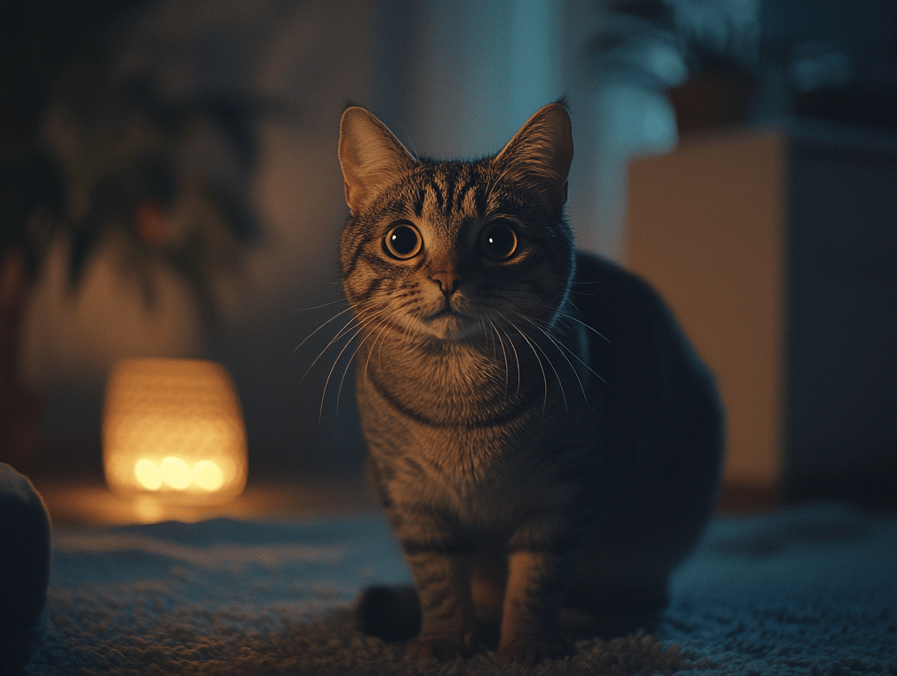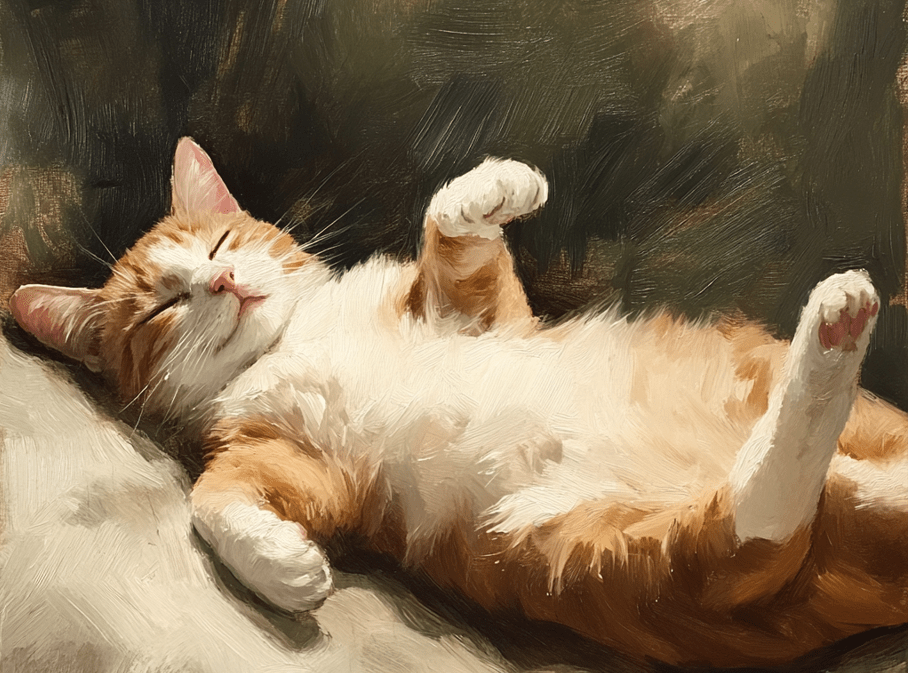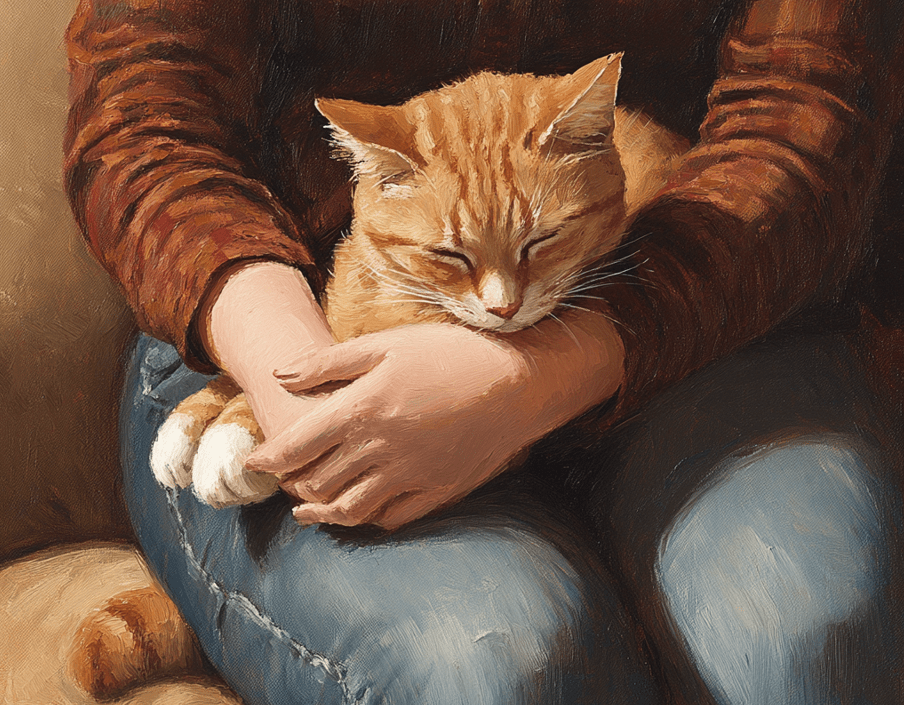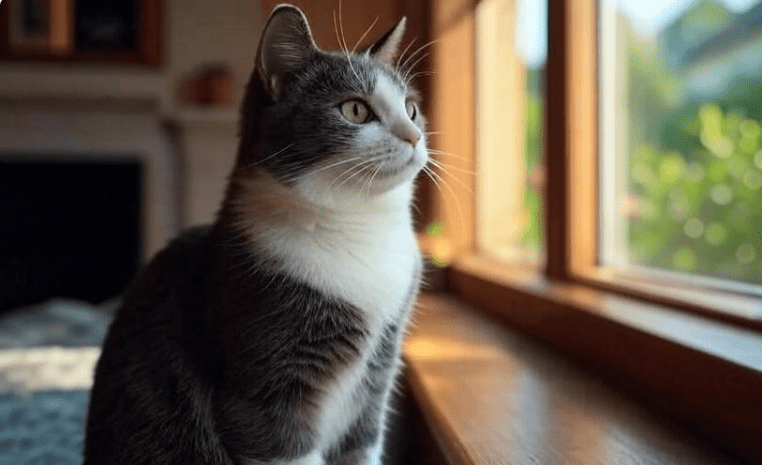
Cats are odd and enigmatic animals, frequently leaving their owners scratching their heads as to what floats through those furry little noggins. But while cats don’t speak our language, they have their own complex system of communication. The sensors on their whiskers read vibrations in the world around them, allowing cats to navigate, and their tails certainly have their own signals. Learning to understand these signals can help cat owners strengthen their bond with their pets and address their needs. In this article, we will dissect the various components of feline communication: the vocal, the physical, and the behavioral; the murmurs that make up your cat’s unique dialect.
Why Is Cat Communication So Important?
Understanding your furball’s emotional state and well-being requires understanding cat communication. Cats are expressive creatures, but the way they convey their emotions is very different from the human or dog style. Whereas dogs depend pretty heavily on big gestures and vocalizations, cats are more subtle in their communications. This slight nuance is often lost in translation between cats and their humans. By learning to understand the signals that your cat uses to communicate, you will be better able to maintain a more harmonious relationship and make sure your pet feels safe, loved, and understood.
The method of the cat communications
Purring is probably one of the main methods of communication that cats use. Every movement, the flick of a tail, and the position of a cat’s ears can give you clues to these feelings and thoughts. Several methods that cat use to communicate are explained below –
Tail Movements
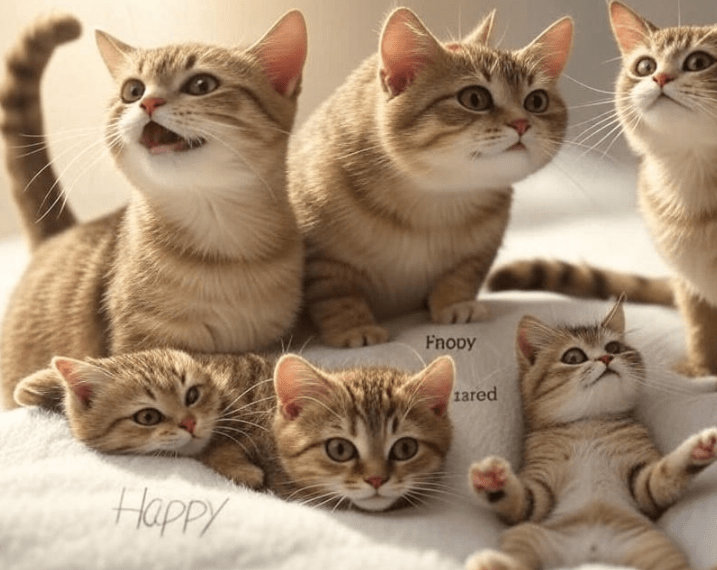
The primary use of the tail in cats is social signaling. A tail that’s high and held upright usually means confidence or happiness. In contrast, a puffed-up tail signifies fear or aggression. A flicking or swishing tail indicates irritation (or excitement) based on context. A cat that tucks its tail near the body might be feeling anxious or submitting.
Ear Positions

A cat’s ears are remarkably expressive. If their ears are pointed forward, it usually means they’re curious or alert. Ears back and flat, however, are a sign of fear or aggression. Ears that swivel back and forth quickly may indicate that your cat feels overwhelmed or stimulated by its environment.
Eye Contact
Cats communicate trust and affection or issue warnings through their eyes. Your cat’s slow blink is known as a “cat kiss,” and it means that they trust you and feel at home. Wide eyes with large pupils, on the other hand, may signal excitement, fear, or aggression. Because prolonged direct eye contact can be seen as an act of aggression, Neurotic Cat advises against staring directly at your cat for too long.
Vocalizations: The Sound-Language of Sound
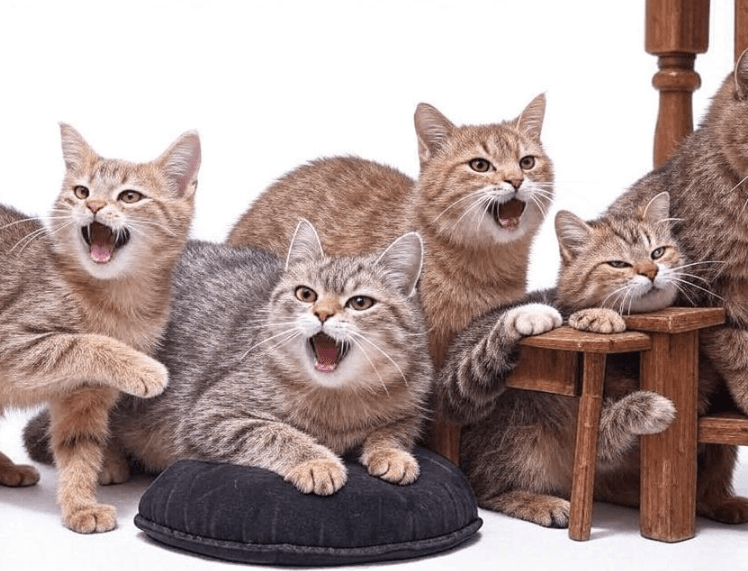
Unlike dogs, who are often considered noisier, cats are generally quiet animals. They have a large vocal range, which is used with varied intent. Every sound has its own meaning and context.
Meowing
Meowing is one of the most frequent forms of cat communication between humans and other cats. Cat meow for all sorts of reasons: to greet you when you return home, to demand food or attention from you, or to indicate pain or displeasure. Siamese cats are known for being more chatty than other breeds and will probably meow more than other cats.
Purring
Cats are famed for purring, which is commonly a sign of contentment and relaxation. However, purring can also indicate anxiety or pain. Listen to your cat’s purr to better understand what it’s trying to say.
Hissing and Growling
These vocalizations are clear indicators of threat or fright. If your cat hisses or growls at you or another creature, it is better to leave it alone until it feels safe again.
Chirping and Chattering
Cats frequently chirp or chatter at birds or other prey they see through the window. These sounds typically signal excitement tinged with exasperation at not being able to get to their goal.
Smell Marking: The Untouched Signals
Cats have scent glands located around their face, paws, and tails that they use for marking territory and communicating with each other. When your cat rubs against furniture or you, they deposit pheromones that provide markers of ownership and familiarity. The act of scratching itself is also a form of scent marking since it releases pheromones from glands in their paws while sharpening their claws.
Scent marking isn’t only about claiming turf; it also helps a cat feel secure in its surroundings. So, if you see your cat rubbing against you frequently, wear it as a badge of honor. They have brought you into their “safe zone.”
How Cats Communicate with Humans

Cats have evolved their communication over millennia of domestication to ensure interaction with humans; unlike wild feline species, which mainly use body language and scent to convey information, domesticated cats meow to communicate with people.
If your cat stares at you and then slowly blinks, it’s showing trust and affection, a behavior sometimes called a “cat kiss.” Likewise, when they rub up against your legs or trail you around the house, they’re looking either for attention or a companion.
However, it is essential to understand that each feline is different. Like humans, they also have their own personalities and preferences for interacting with their owners. Some breeds are more social and vocal than others, and vice versa.
Misunderstandings in Cat Communication
One way to prevent miscommunication between your cat and yourself is to understand their body language. One popular misconception is that if a cat rolls over onto its back, it is inviting you to pet its belly the way a dog would. But for cats, it usually means trust, not a request to be touched. Cats will roll onto their backs to signify vulnerability, but this doesn’t always mean they want some belly rubs. A further source of confusion is not identifying signs of stress in feline companions. Like most animals, cats can express discomfort through body language (flattened ears, a crouched position, or hiding other things all cats in characteristics). These actions typically indicate that the cat is scared or nervous. Cats can become overstimulated, too, and petting them for longer than they would like can result in sudden biting or scratching. Cats might hit a wall where the physical interaction becomes too sentimental, and you receive a trigger response. Cat owners need to pay attention to these signs to prevent miscommunication and ensure that their engagement with their feline friends remains positive and respectful.
Building Your Relationship with Communication
How to befriend a cat: Responding to feline signs of affection with kind energy. It’s essential to take note of how your cat communicates, as all cats communicate differently. Suppose you notice that your cat meows around its food bowl at specific times of day, for instance. In that case, it’s probably trying to communicate that it’s hungry. A similar situation is when your cat hides or runs when loud sounds occur, such as thunderstorms, which is an indication of fear or distress.
Taking their boundaries into consideration is also essential to building a stronger bond between you. Cats, being territorial, independent creatures by nature, don’t always enjoy being held or snuggled when they don’t want to. Rather than forcing interaction, let your cat approach you on their own terms. Taking into account their space helps them build trust and comfort in the relationship.
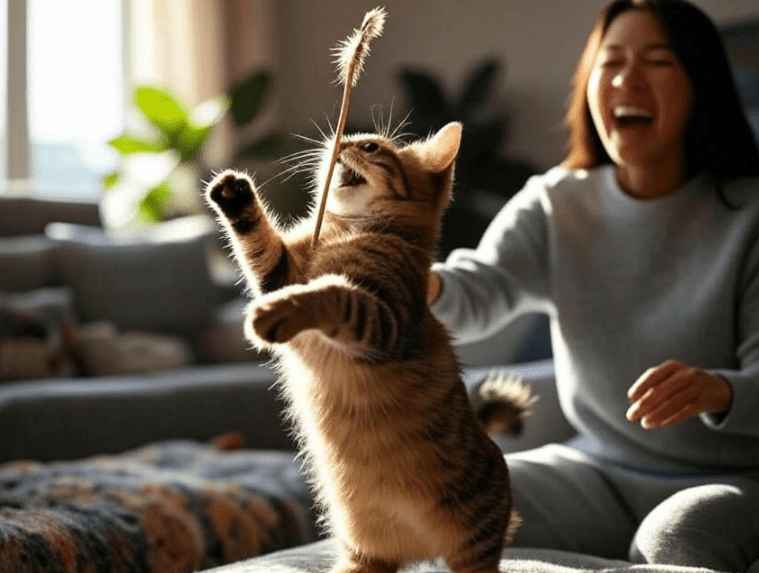
Another good way to bond with your cat is to engage in interactive play. Toys such as feather wands or laser pointers offer exercise for your furry friend and activities that resemble their natural hunting skills. With these play sessions and plenty of time spent engaging with you, your cat’s instincts will be satisfied, and pleasure in your relationship will be reinforced, providing greater harmony and satisfaction in your connection to your pet.
Conclusion
Cat communication is a complex language system that combines body language and vocalization and sends signals into its own unique language. By learning to read these signals correctly and responding appropriately, you can strengthen your relationship with your pet and promote its emotional well-being.
Learning how to listen to cats beyond the meows, purrs, eye-blinks, tail flicks, head tilts, etc., is all about strengthening their social bond with us through study, respect, and intentional human behaviors. Just like with everything else, if you take your time and practice, you will eventually reach fluency in cat!

